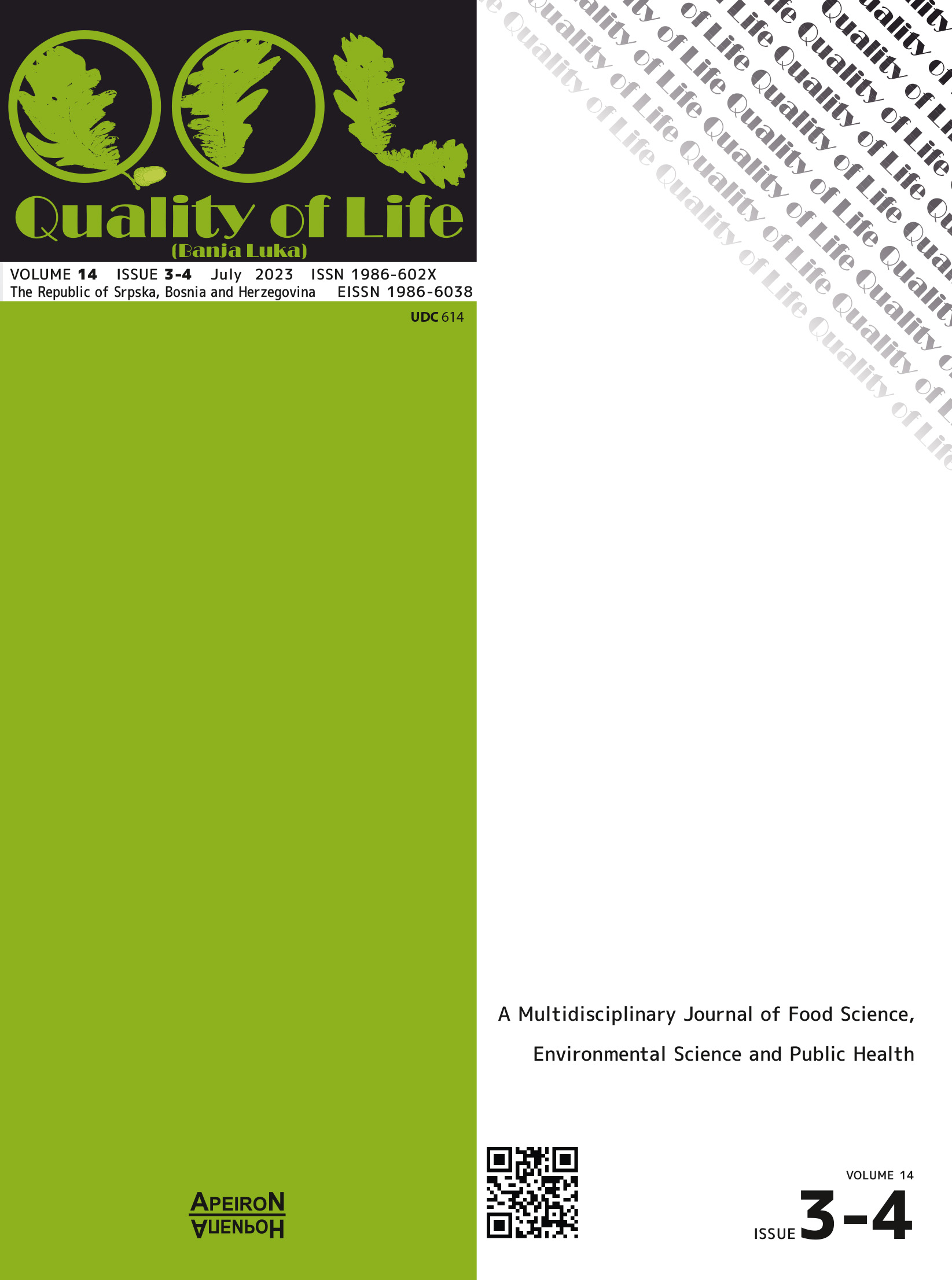Research of the vascular endothelial growth factor expression in the placenta
DOI:
https://doi.org/10.7251/QOL2303102LAbstract
Introduction: The development of tissues in certain organs takes place simultaneously with the development of blood vessels. The placenta is an organ whose development provides a unique model for examining and understanding the process of organogenesis. The vascular endothelial growth factor (VEGF) is one of the first identified angiogenic factors and one of the most important regulators of normal and pathological angiogenesis. The aim of the study was to determine the localization and intensity of VEGF expression in the normal term placenta. Methods: The study analyzed ten normal term placental samples of healthy pregnant women (from the 38th to the 40th week of gestation). Placental tissue sections were stained with the standard hematoxylin-eosin method (HE) and with the immunohistochemical method for VEGF. Results: The small number of cells of the amniotic epithelium and trophoblast had positive VEGF expression of low intensity. Positive VEGF expression of moderate intensity was present in a small number of cells of the chorionic plate stroma, villi stroma, and basal plate. Positive VEGF expression of moderate intensity was present in more than 50% of endothelial cells (3+) of all placental blood vessels. Conclusions: Positive VEGF expression was present in the amniotic epithelium, mesenchymal cells of the chorionic plate, trophoblast, stroma cells of the villi, endothelial cells of the placental blood vessels, and the cells of the basal decidua. In the placenta, the most intensive immunoreactivity for VEGF was present in the endothelium of the placental blood vessels. Positive VEGF expression in the normal placenta indicates a significant role of VEGF in the development of the placenta.
